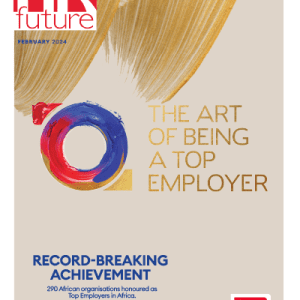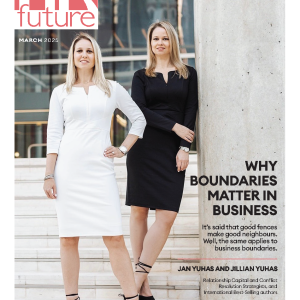Working from home and working in an office are two completely different work, and company, models, which makes transitioning from one to the other challenging. Not only do you need to prepare your company for this type of transition, you also have to prepare your employees.
Security and safety
Your first concern will need to be the security and safety of your data, employees and customers. Working remotely can be safer, but it creates more of a security risk for your systems. It is a good idea to determine if your IT system uses Intrusion Detection or Intrusion Prevention systems before you start planning remote work. When researching IDS vs IPS, you learn that they both compare network packets to a database of known cyberattack signatures with IDS tools detecting threats and IPS tools accepting or rejecting packets based on set parameters.
Notice and communication
Giving your employees notice will help make the transition to and from remote working easier and allow you to accept feedback on the best ways to proceed. It is important to focus on the reasons why you are making the transition and help your employees see how it benefits them. You should also take into consideration the circumstances of each employee as some will be raising children and find it hard to isolate themselves for work, while others will jump at the chance. Communicating as far in advance as possible with your employees helps the whole team determine the best plan.
Tasks and supplies
Part of preparation for moving from working in one environment to another one, is giving access to the necessary tools and supplies. Employees will need access to the internet, computers and data, teams will need communication applications and your network will need to handle the workload changes. Some will find that working remotely let them stock their desks with comfort items such as stress balls and puzzles, so allowing these in the office can increase productivity as well as ease the transition. Many tasks cannot be done without industrial printers, licensed software or restricted data. Having employees keep track of which resources are used each day, can give you a good idea of which tasks can be performed from home.
Standards and expectations
Standards and expectations will need to change with the working environment. For instance, if an employee has asked for an adjusted work time because of small children at home, then expecting regular business communications outside of those hours can lead to frustration. Some tasks will also take longer with remote work, or be done faster, but company standards of quality will need to be upheld. It is important to remember that not all employees will need to come back to the office for these company standards and expectations. For those jobs, it might be a better idea to offer permanent remote work or flex time, even as you transition others back to the office.
Start small and build big
If you can start with flex hours before fully transitioning back to the office or to remote work, then your transition is likely to be smoother. Going from a home working environment to an office one can be jarring because not everyone reacts to coworkers the same ways. For those who do not like to socialize with the office butterfly, remote working was a good excuse to avoid recounting weekend activities, but for the more social employees, it was a painful isolation from needed interactions. Flex time is also a good way to determine which employees and positions benefit more from working remotely and can help you keep overhead down even after transitioning back to the office.
Whether you are transitioning your employees to a WFH model or back to the office, there are some key things to keep in mind such as security, access to tools and teams, and your standards and expectations as a company. It is also important to keep channels of communication open throughout for feedback, start with flex work and build up to the full transition, and give as much notice as possible.
Lindsey Patterson is a freelance writer and entrepreneur based in the US who specialises in business technology, customer relationship management and lead management. She also writes about the latest social trends, specifically involving social media.


























